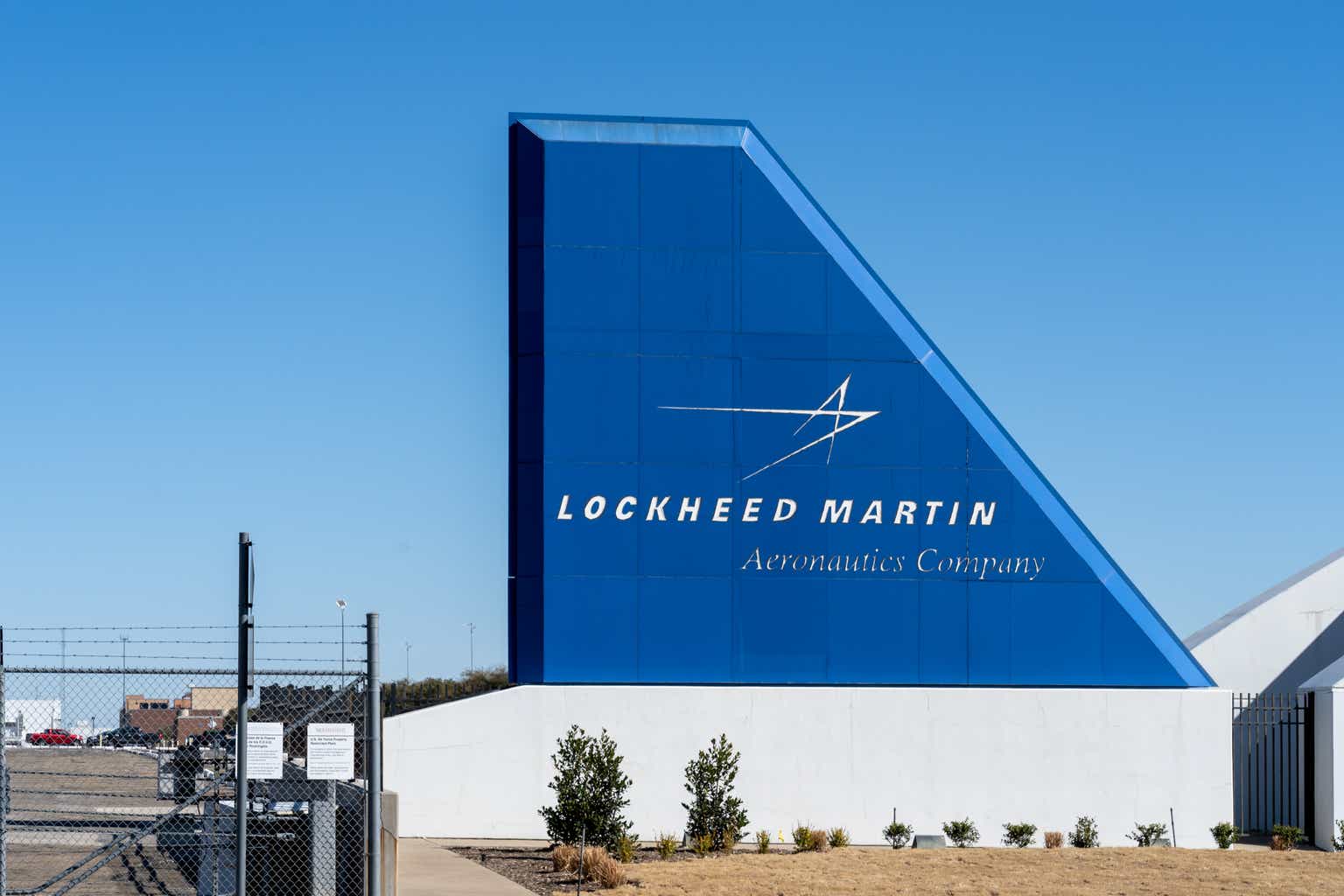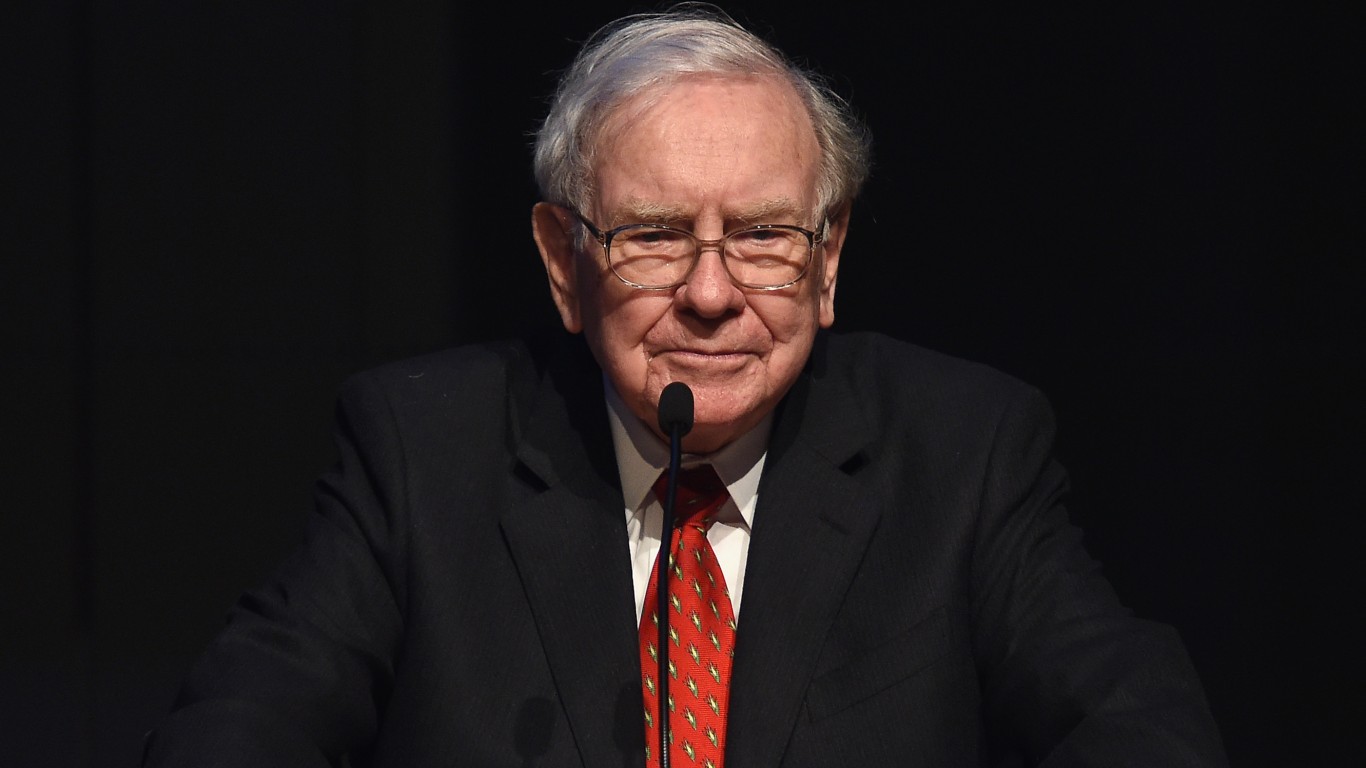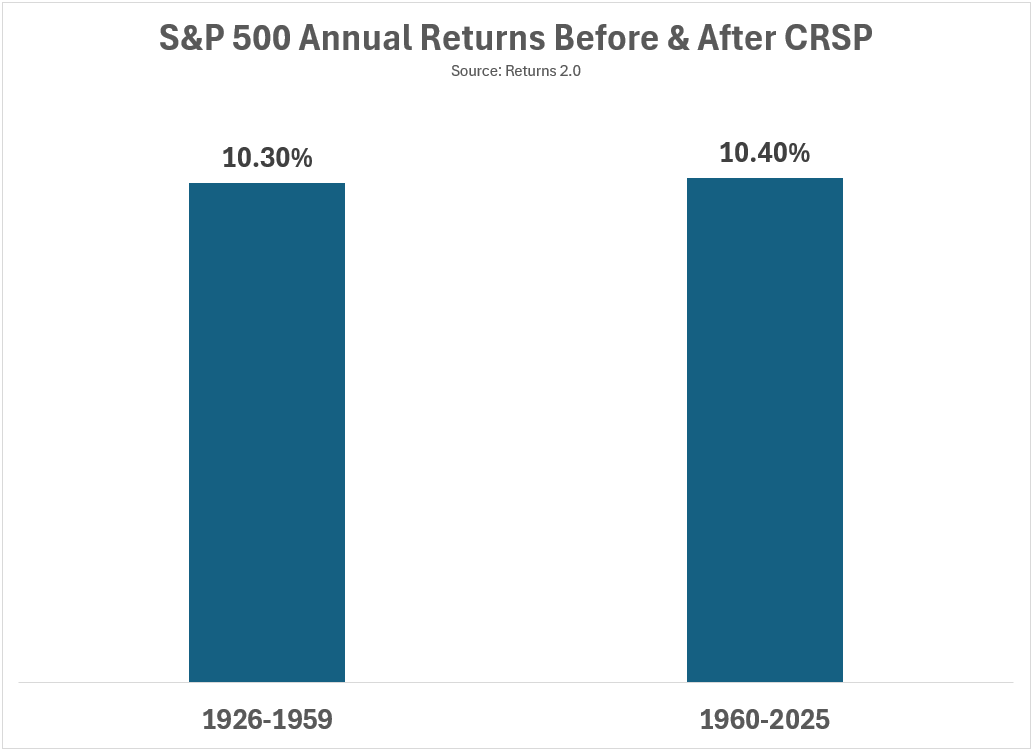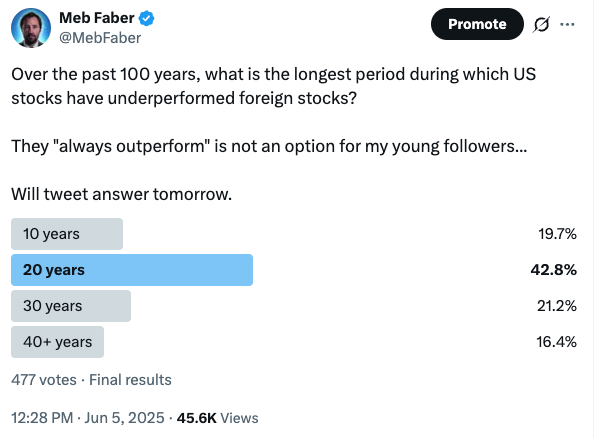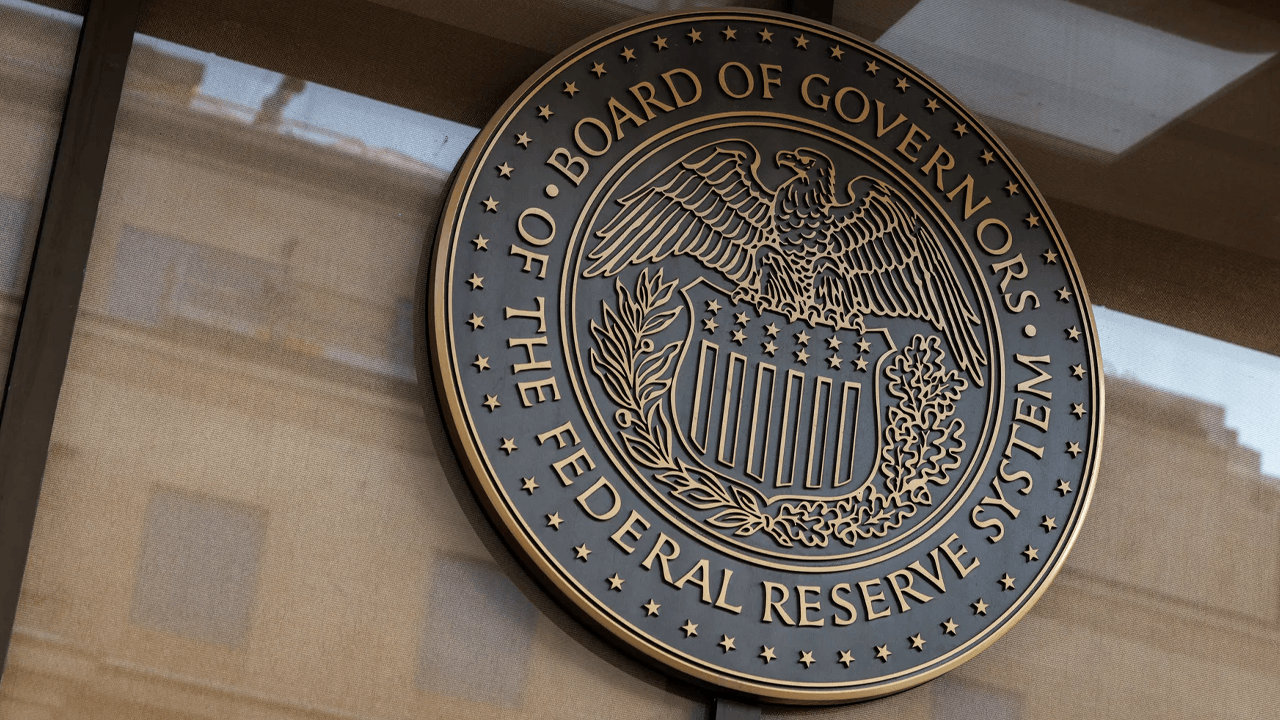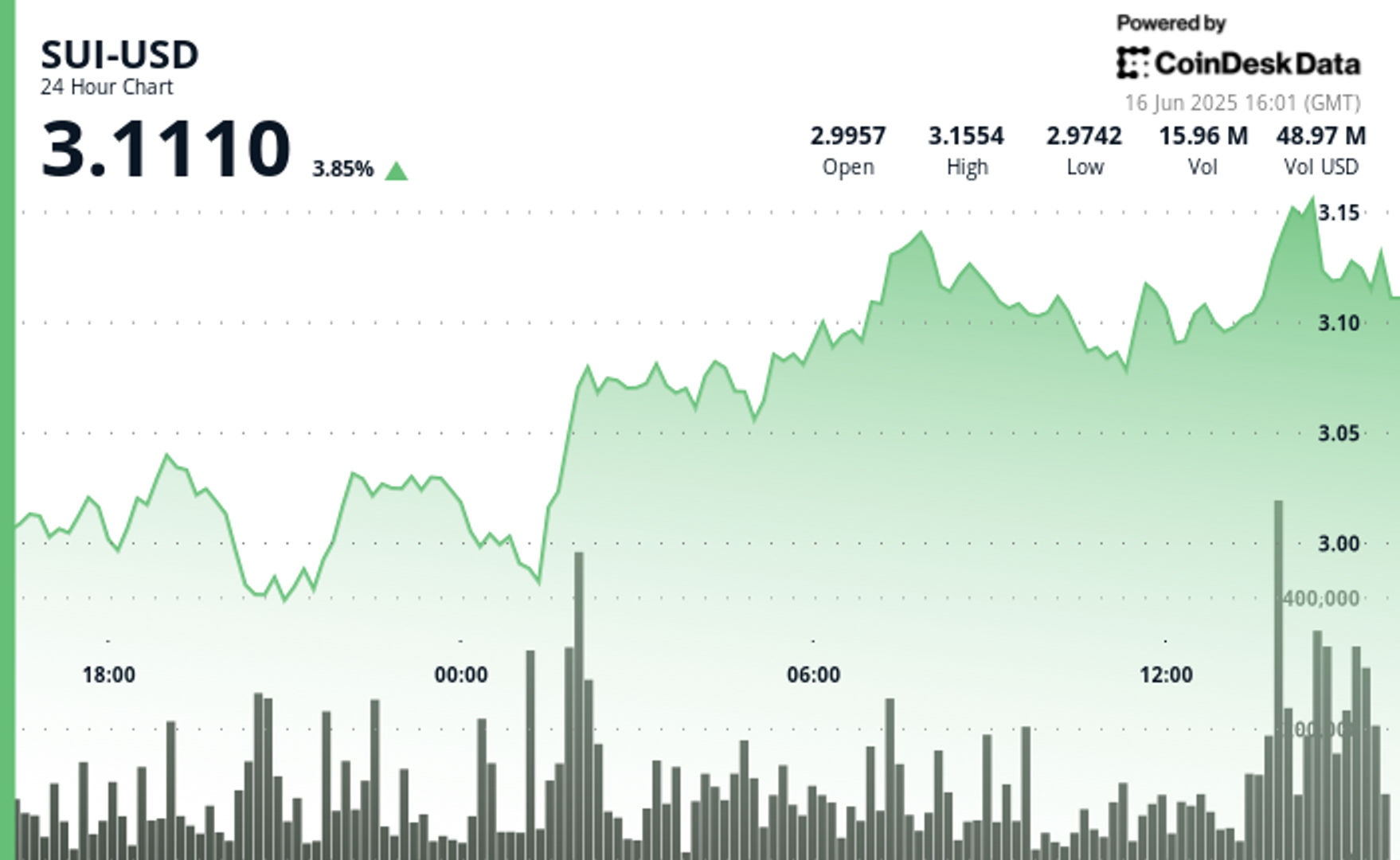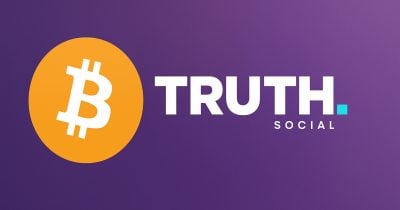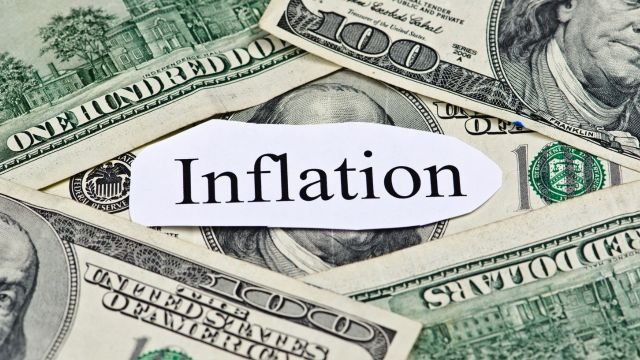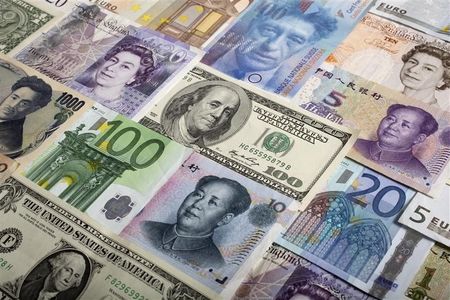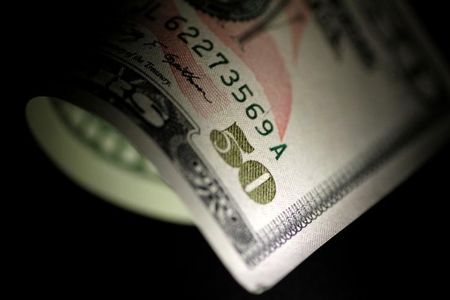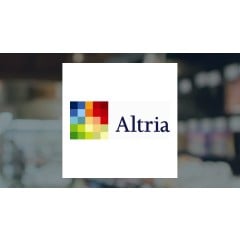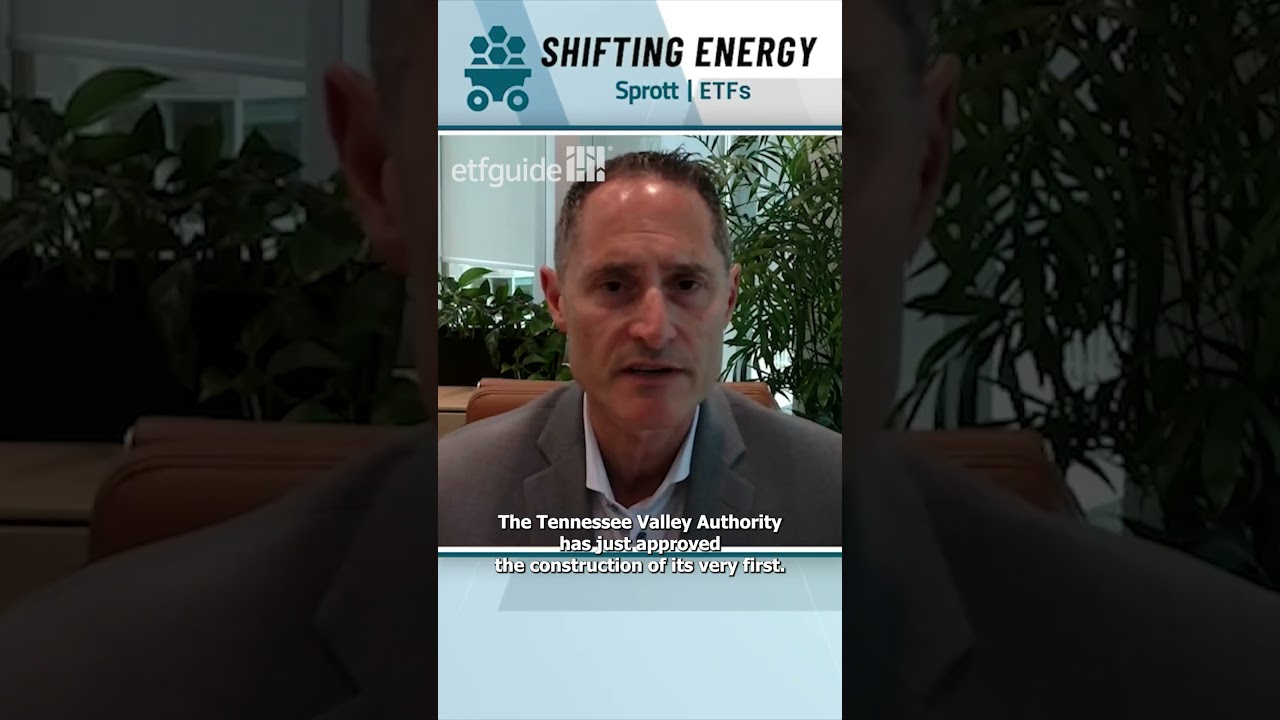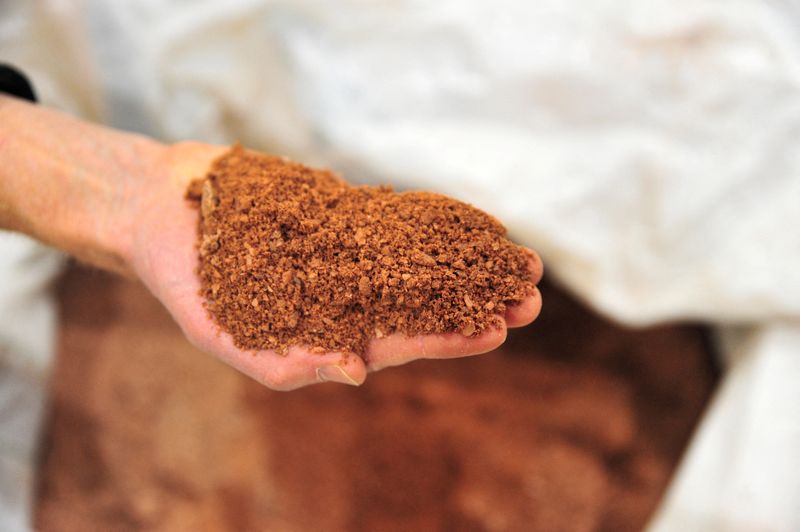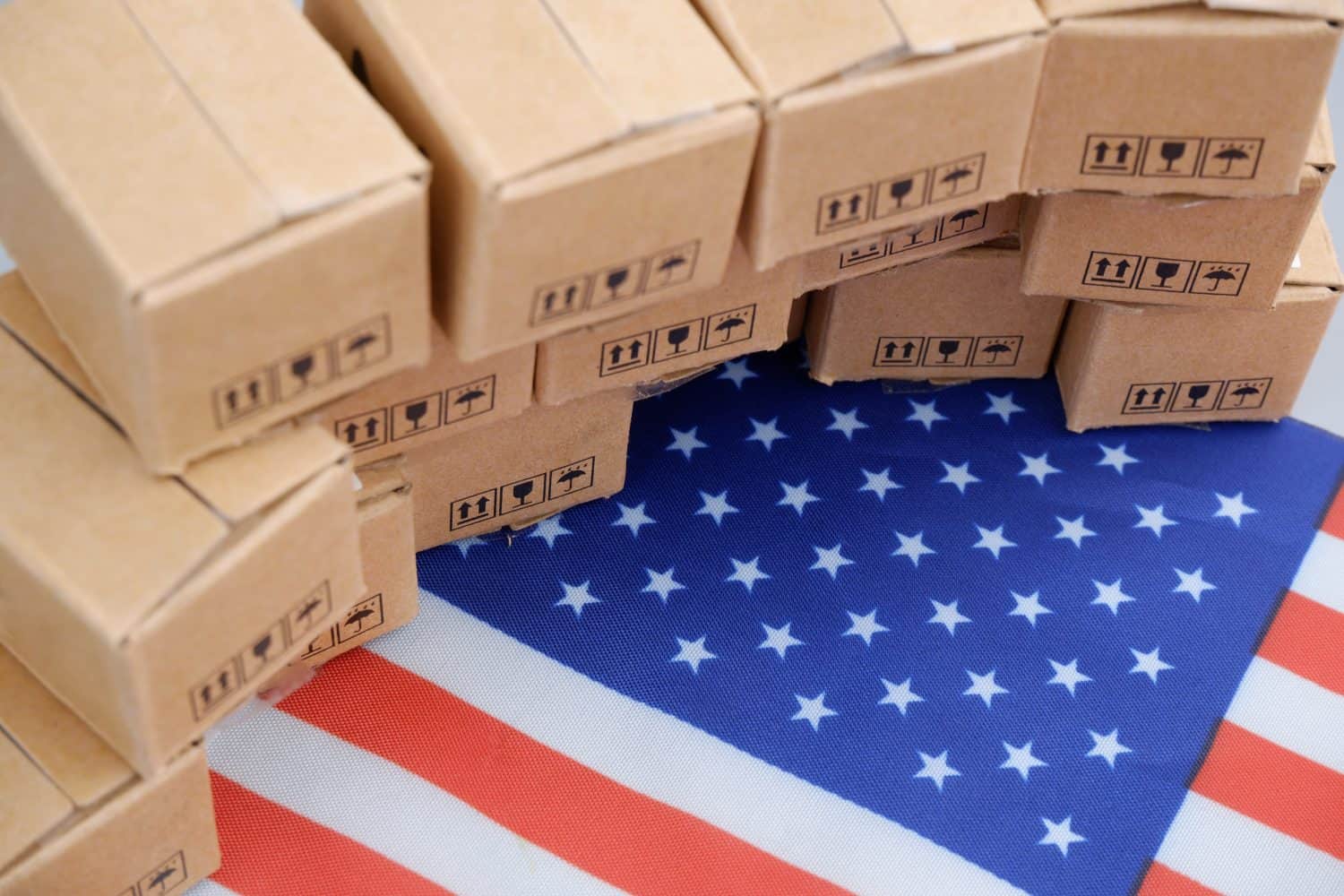SCHD vs. VOO: Which ETF Builds a Stronger Dividend Foundation?
An ideal vehicle to achieve portfolio diversification at low risk, the exchange-traded fund has become an integral part of many investors’ portfolios. With hundreds of choices, the world of ETFs can be confusing. But with ETFs, you only need to make your investment choice once, which can benefit you in the long run. There is […] The post SCHD vs. VOO: Which ETF Builds a Stronger Dividend Foundation? appeared first on 24/7 Wall St..
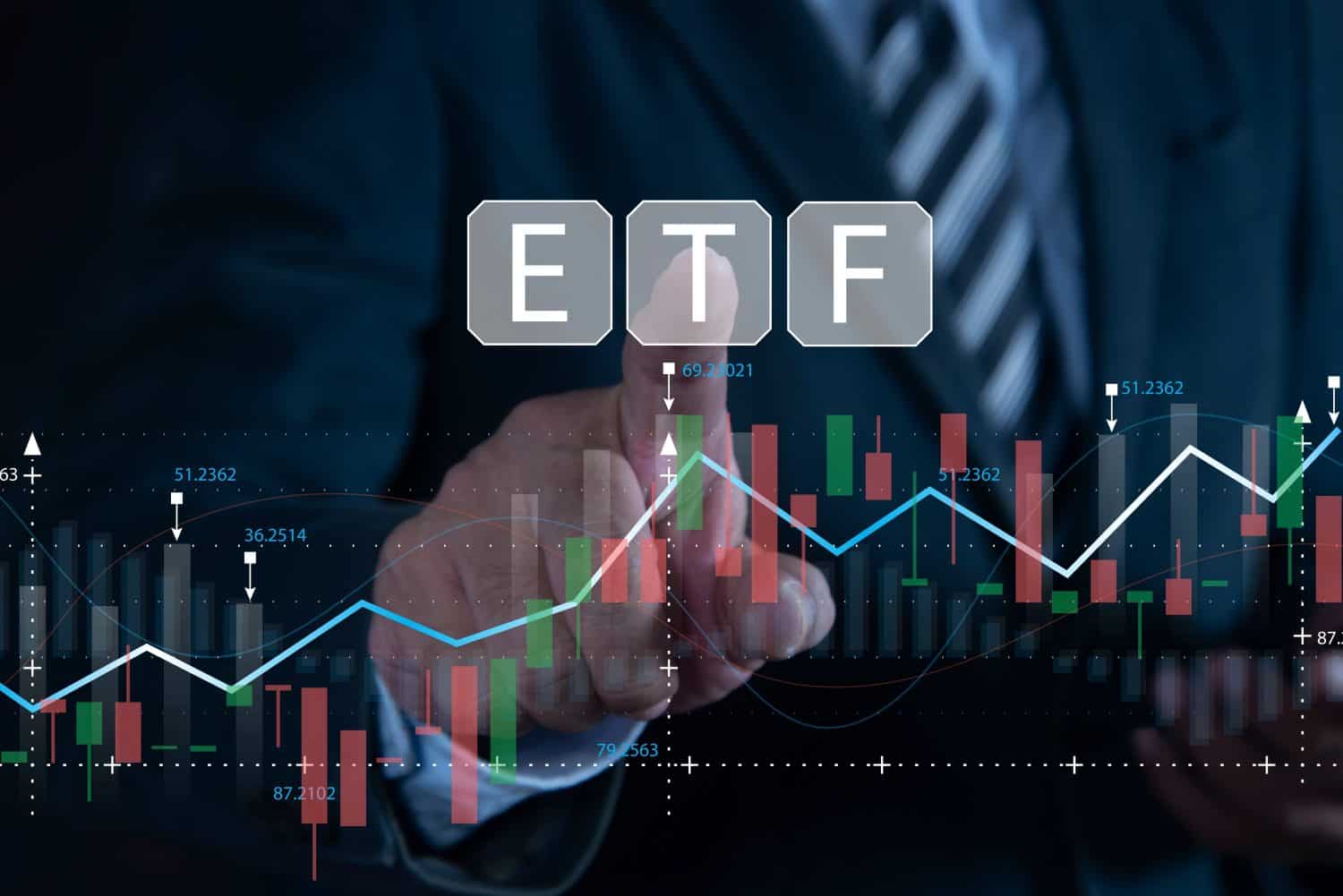
Schwab U.S. Dividend Equity fund and Vanguard S&P 500 are two of the biggest ETFs today.
However, one is better than the other and generates more than double the income annually.
Are you ahead, or behind on retirement? SmartAsset’s free tool can match you with a financial advisor in minutes to help you answer that today. Each advisor has been carefully vetted, and must act in your best interests. Don’t waste another minute; get started by clicking here.(Sponsor)
Key Points
An ideal vehicle to achieve portfolio diversification at low risk, the exchange-traded fund has become an integral part of many investors’ portfolios. With hundreds of choices, the world of ETFs can be confusing. But with ETFs, you only need to make your investment choice once, which can benefit you in the long run. There is no need to spend hours researching every day and making buy-sell decisions. This is why passive investors love ETFs.
Top ETFs today have a high yield, offer ultimate diversification, and hold some of the top blue-chip names. Two top ETFs, the Schwab U.S. Dividend Equity Fund and the Vanguard S&P 500, continue to attract investor attention. We dive deep into the one ETF that can build a stronger dividend foundation.
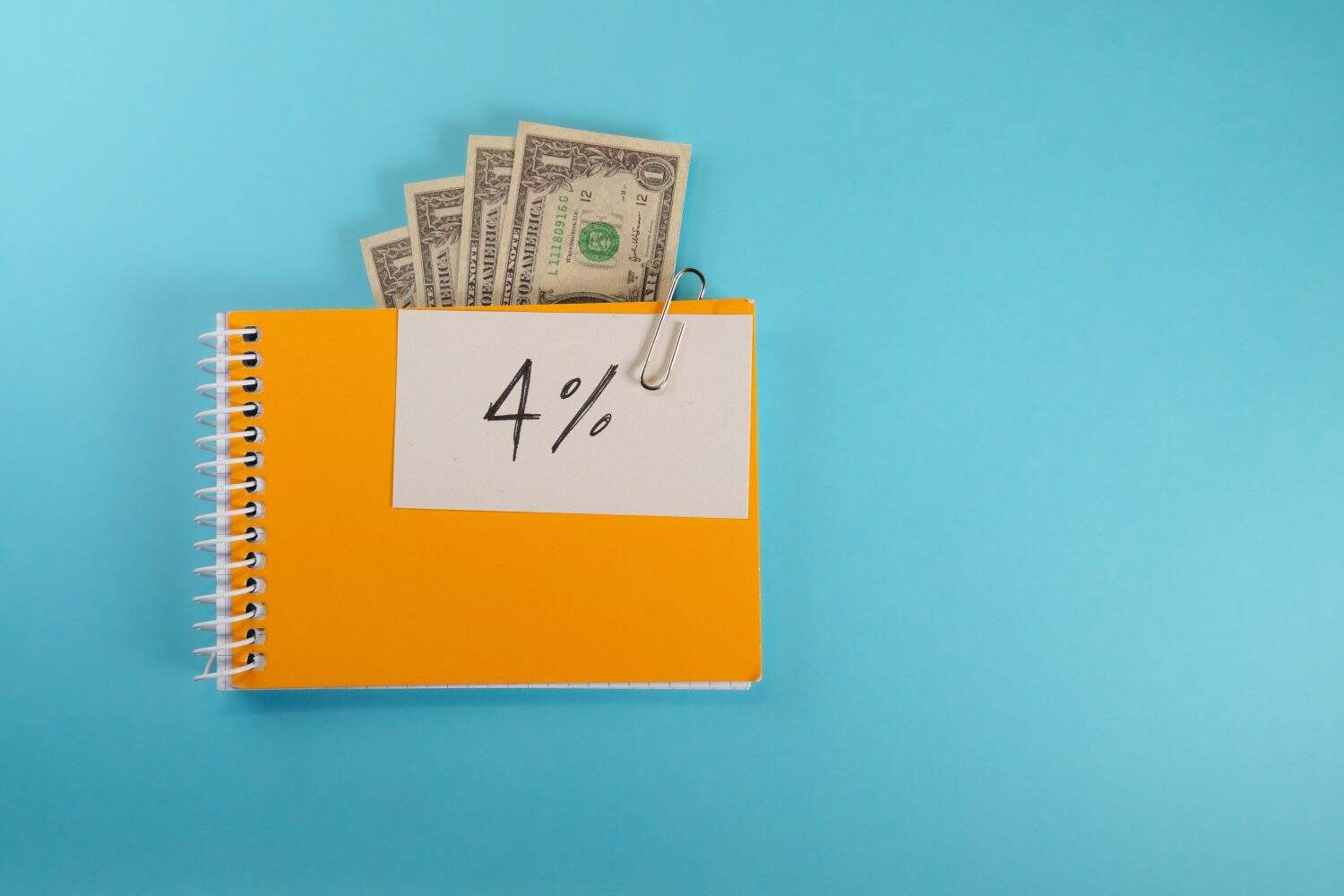
Schwab U.S. Dividend Equity ETF
One of the best dividend ETFs to own, the Schwab U.S. Dividend Equity ETF (NYSEARCA:SCHD) owns elite names, pays regular dividends, and is highly diversified. The ETF tracks the Dow Jones U.S. Dividend 100 Index and owns 103 stocks. It holds top-quality stocks across different sectors and no single stock has a weightage over 5%.
The ETF is down 0.88% in 2025 and up 5.14% over the past 12 months, currently trading at $27.02. SCHD has a 52-week high of $29.72. Its largest holdings lie in:
- Energy: 21.08%
- Consumer Staples: 19.06%
- Healthcare: 15.68%
- Industrials: 12.45%
The fund invests only 7.87% in the technology sector, offering a refreshing change from the heavy tech focus seen in many other funds. If you are no longer interested in investing in the Magnificent Seven, this ETF can be an ideal choice. Since its inception, the total return of the ETF has averaged around 12% annually when dividends and capital appreciation are combined.
SCHD owns well-known names including Home Depot, Coca-Cola, ConocoPhillips, and Verizon Communications. It has a dividend yield of 4.03% and offers dividend reinvestment opportunities to achieve portfolio growth.
SCHD has one of the lowest expense ratios of 0.06%, which means you get to keep more of your profits each quarter. Schwab has always pushed the envelope when it comes to ETFs, and I trust the company to keep doing so in the years to come. SCHD is low-risk, highly diversified, and ensures steady quarterly income, a perfect mix in uncertain times like today.
Vanguard S&P 500
I think the best way to make the most of the U.S. economy is to put your money on the S&P 500. Vanguard has set a gold standard when it comes to low-cost ETFs, and you can never go wrong with the S&P 500. If you’re looking for the perfect blend of capital appreciation and dividends, Vanguard S&P 500 ETF (NYSE: VOO) is a smart choice. The ETF has attracted over $300 billion as of April 2025 and it focuses on growth stocks that lead to higher earnings.
It has an expense ratio of 0.03% and invests in stocks in the S&P 500 index. This means you own some of the biggest U.S. companies without taking on the risk. The ETF is heavily focused on the information technology sector, with a 30.40% allocation, followed by financials at 14.40%. VOO holds the Magnificent Seven and its largest holdings lie in Apple and Microsoft Corporation.
It has generated 13.49% returns in a year, and 14.37% in three years. The fund has an NAV of $554 and it is up 11% in 12 months and 3.25% in 2025. VOO has a 30-day SEC dividend yield of 1.24%. VOO holds over 500 stocks and offers immediate diversification. It has a beta close to 1, making it a smoother investment ride.
The future is tech and if you want tech exposure without the company-specific risks, VOO could be an ideal option.
The verdict
While both the ETFs track different indexes, invest in different companies and have a very different portfolio, choosing between the two will depend on individual investor priorities. However, since you’re looking to build a strong dividend income, I’d recommend SCHD over VOO.
SCHD has a dividend yield of about 3.9%–4%, which is significantly higher than VOO’s yield of about 1.3%. That said, SCHD has a highly diversified portfolio and it is not heavily tech-focused which gives it an edge in the industry. If you’d invested $150K in both the ETFs, you’d take home $5,775 annually from SCHD and $1,890 annually from VOO.
As a passive income investor, SCHD is a better choice when compared to VOO.
The post SCHD vs. VOO: Which ETF Builds a Stronger Dividend Foundation? appeared first on 24/7 Wall St..








